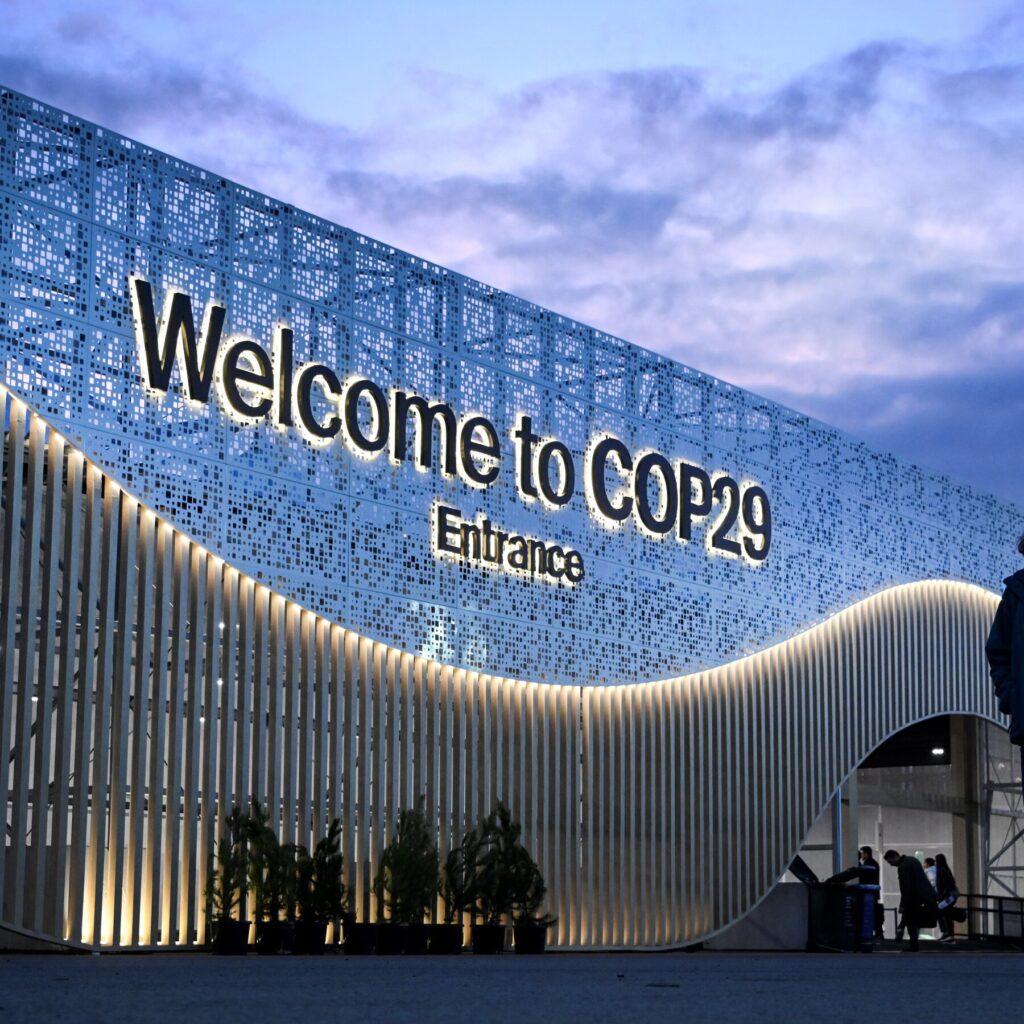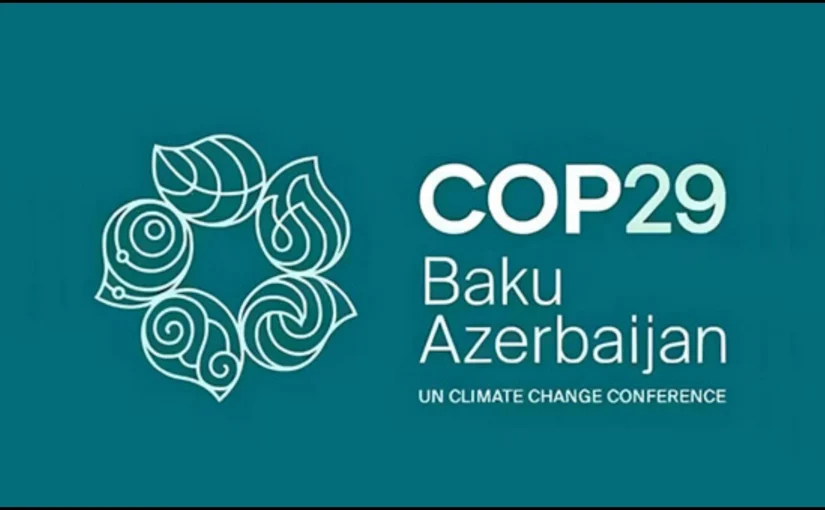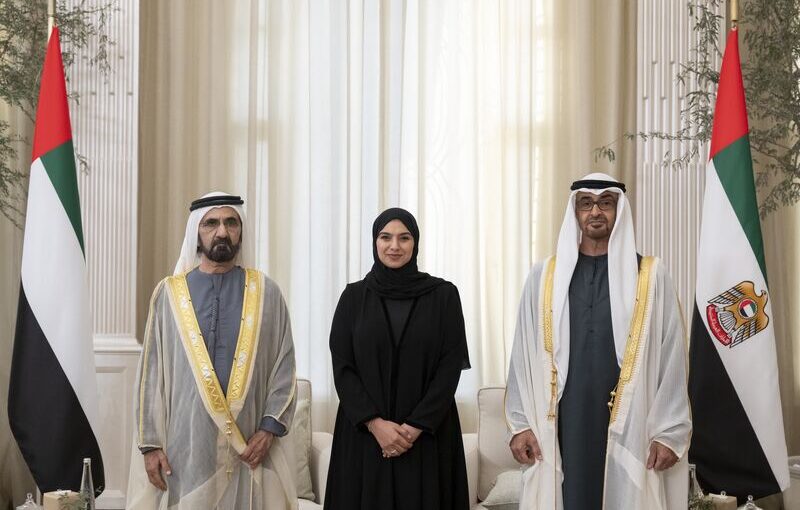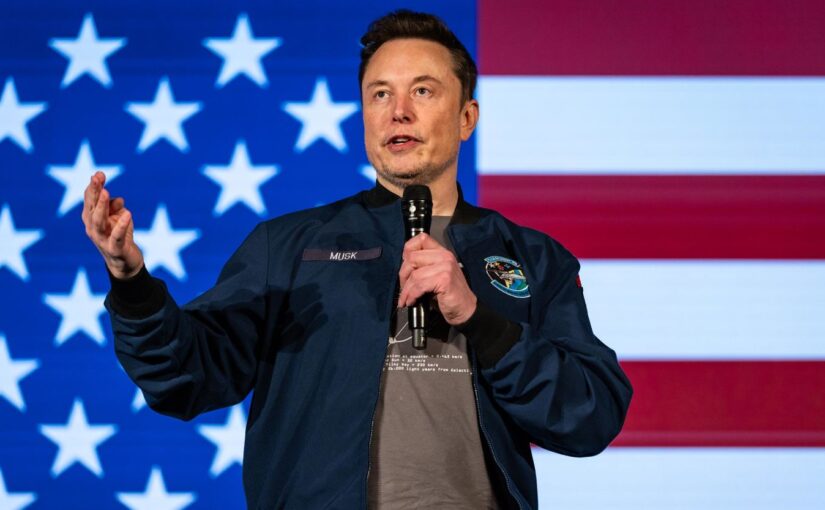The 1.5°C Climate Goal Is Dead. Why Is COP29 Still Talking About It?

Bonn, Germany – As COP29 unfolds, the 1.5°C climate target—the cornerstone of global climate policy since the 2015 Paris Agreement—remains the focal point of discussions. Yet, a growing chorus of scientists, activists, and even policymakers warn that the goal is now out of reach, raising questions about whether it’s time to move beyond a target many deem unattainable.
The 1.5°C target aimed to limit global warming to 1.5 degrees Celsius above pre-industrial levels, a threshold scientists identified as crucial to avoiding the worst impacts of climate change. Yet, with global temperatures already reaching around 1.2°C above pre-industrial levels and emissions continuing to rise, experts argue that the world has likely crossed the point of no return.
“We need to be honest with ourselves: the 1.5°C target is effectively unattainable,” said Dr. Carlos Mejia, a climate scientist from the University of Barcelona. “But that doesn’t mean we should give up. It means we need a radical reassessment of what we’re doing and prepare for a hotter, more volatile world.”
A Grim Reality
In 2023, global emissions reached record highs, and the year was marked by devastating heatwaves, wildfires, and floods, signaling that climate impacts are escalating faster than anticipated. A recent report from the United Nations warned that even with aggressive action, the world is on track to exceed 1.5°C by the early 2030s.
Despite these alarming trends, COP29 negotiators are sticking to the target, citing its symbolic and strategic importance. “Abandoning the 1.5°C goal could lead to a collapse in ambition,” said Christiana Figueres, a key architect of the Paris Agreement. “It’s a rallying point, even if we’re falling short.”
Is It Time for a New Target?
Critics argue that clinging to 1.5°C risks diverting attention from more realistic goals, such as focusing on adaptation or limiting warming to 2°C. A growing movement within COP29 calls for a shift toward prioritizing resilience, financial support for vulnerable nations, and more drastic mitigation strategies.
“There’s a fine line between ambition and denial,” said Harini Kulkarni, an activist from India’s Sunrise Movement. “Communities on the frontlines need solutions now. Talking about 1.5°C when it’s no longer viable feels like a distraction.”
Climate Justice in the Spotlight
As the talks continue, vulnerable nations are demanding accountability and reparations from high-emitting countries. The loss-and-damage fund, established at COP27, has yet to see meaningful contributions, further straining trust between the Global North and South.
The voices of young activists and indigenous leaders are also growing louder at COP29. “The climate fight isn’t about numbers—it’s about survival,” said Maria Lopez, a youth delegate from Ecuador. “We need leaders to act like the house is on fire because it is.”
What Comes Next?
The COP29 discussions underscore the tension between aspiration and reality in the climate fight. While some cling to the 1.5°C target as a rallying cry, others call for a pragmatic pivot to preparing for a hotter world.
“Whether or not the 1.5°C goal is dead, the need for action is alive and urgent,” said UN Secretary-General António Guterres in his opening remarks. “Every fraction of a degree matters. Every decision we make here matters.”
As the summit progresses, the world watches to see whether COP29 will chart a new course or continue chasing a goal slipping further from reach.












